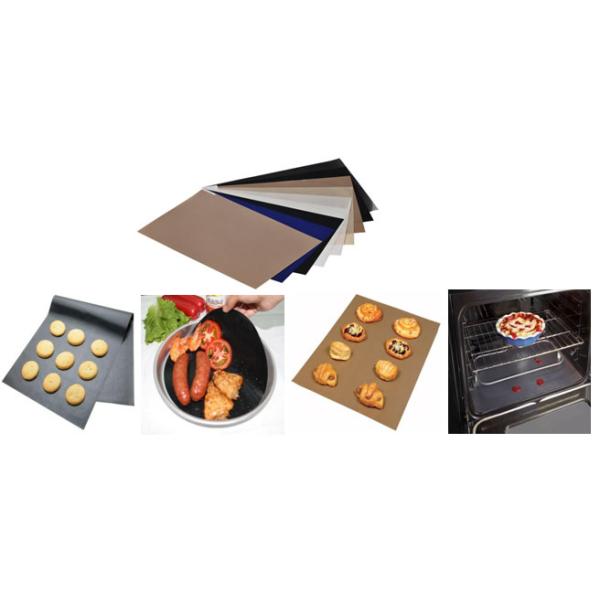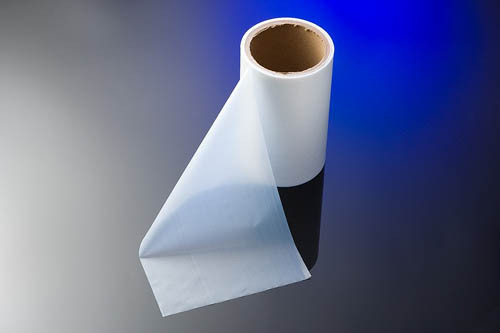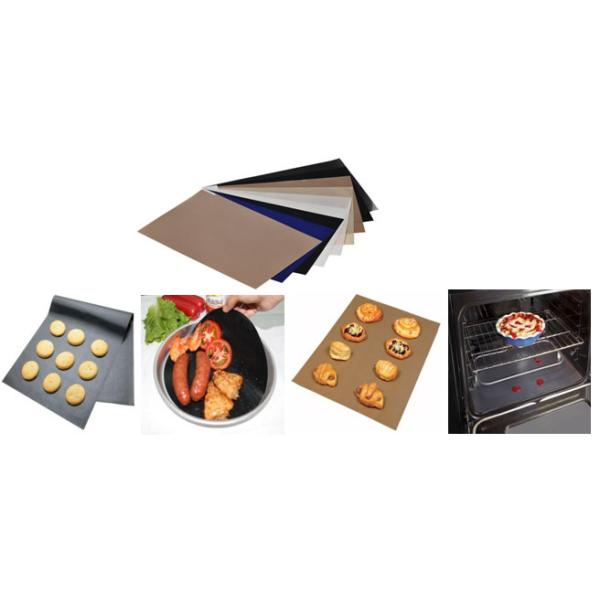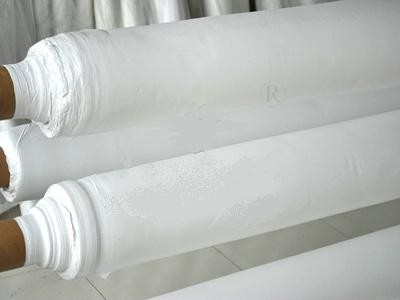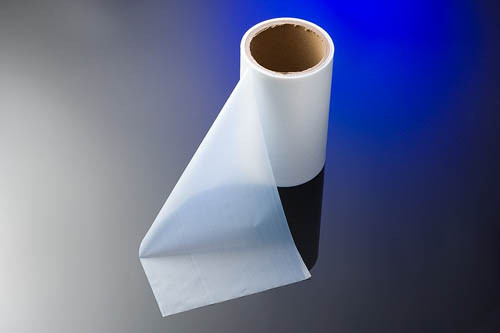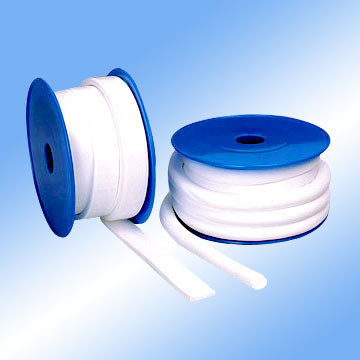For decades, PTFE Coated Fiberglass Cloth has been a cornerstone material in numerous demanding industries. Its unique combination of properties, derived from a fiberglass base saturated and coated with Polytetrafluoroethylene (PTFE), delivers unparalleled performance in high-temperature, non-stick, and chemically resistant applications. This industrial-grade fabric is engineered to withstand extreme conditions where other materials would fail, offering longevity, safety, and reliability.
This guide provides a comprehensive overview of its specifications, applications, and answers to the most frequently asked questions, empowering engineers, fabricators, and procurement specialists to make informed decisions.
Understanding the technical specifications of PTFE Coated Fiberglass Cloth is crucial for selecting the correct grade for your project. The material's performance is defined by several key parameters.
| Parameter | Standard Value / Range | Test Method / Notes |
|---|---|---|
| Fabric Weight | 18 oz/yd² - 50 oz/yd² | ASTM D3776 |
| Fabric Thickness | 0.008 inches - 0.030 inches | ASTM D1777 |
| Tensile Strength (Warp/Fill) | 400 - 1500 lbs/in | ASTM D5035 |
| Continuous Operating Temperature | -100°F to +500°F (-73°C to +260°C) | Long-term exposure |
| Peak Temperature Resistance | Up to 550°F (288°C) for short periods | Intermittent exposure |
| Coefficient of Friction | 0.02 - 0.1 | Extremely low, self-lubricating |
| Chemical Resistance | Excellent resistance to most chemicals, solvents, and acids | Resistant to all common chemicals except molten alkali metals and certain fluorine compounds. |
| Dielectric Strength | > 5.0 kV | ASTM D149, excellent electrical insulator |
| Flame Resistance | Non-flammable, self-extinguishing | UL 94 V-0, will not support combustion |
| Weave Pattern | Plain, Leno, Satin | Depends on application requirements |
The unique properties of this material make it suitable for a vast array of industrial and commercial uses.
What is the primary advantage of using a PTFE Coated Fiberglass Cloth?
The primary advantage is its exceptional multi-functional performance. It combines the high tensile strength and dimensional stability of fiberglass with the superior non-stick, chemical resistance, and wide temperature tolerance of PTFE. This synergy creates a material that performs reliably in environments that would degrade or destroy other fabrics or polymers.
How does the temperature resistance of PTFE coated fabric compare to silicone coated fabric?
PTFE coated fiberglass cloth generally offers a higher continuous operating temperature (up to 500°F/260°C) compared to most silicone coated fabrics (typically up to 450°F/232°C). Furthermore, PTFE has a much lower coefficient of friction and superior non-stick properties, making it better for release applications. Silicone coatings may offer better flexibility at very low temperatures, but PTFE is superior in high-temperature, non-stick, and low-friction scenarios.
Can PTFE Coated Fiberglass Cloth be sewn or fabricated?
Yes, it can be fabricated using standard industrial sewing techniques. However, due to its slippery nature and the toughness of the fiberglass core, it requires specific needles (e.g., spear-point or diamond-point) and high-tenacity threads, such as PTFE or Kevlar®. Seam sealing with a high-temperature PTFE tape or paste is often recommended for applications requiring a complete barrier.
Is this material safe for direct food contact?
Yes, when manufactured to the appropriate standards. PTFE itself is FDA compliant and is considered inert and non-toxic. PTFE coated fiberglass cloth is widely used in food processing as conveyor belts, release sheets, and dryer banding. It is crucial to source the material from a supplier who can provide the necessary compliance certificates (e.g., FDA 21 CFR 177.1550) for food contact applications.
How do I clean and maintain PTFE Coated Fiberglass Cloth?
Maintenance is straightforward due to the non-stick surface. Most debris can be wiped off with a damp cloth. For more stubborn residues, a mild detergent or solvent that is compatible with PTFE (like isopropyl alcohol) can be used. Avoid using abrasive pads or sharp tools that could scratch or damage the coating. High-pressure washing is generally acceptable if the fabric's integrity is not compromised.
What is the expected service life of this material?
The service life varies significantly based on the application's operational conditions, including temperature extremes, mechanical abrasion, and chemical exposure. Under normal continuous operating conditions within its specified temperature range and without excessive abrasion, PTFE coated fiberglass cloth can last for several years. In highly abrasive or high-UV exposure environments, the lifespan may be shorter.
Does the material emit any fumes or odors when heated?
PTFE is thermally stable and does not emit significant fumes until it reaches temperatures exceeding 500°F (260°C). At very high temperatures (above 660°F or 350°C), PTFE can begin to pyrolyze, releasing fumes that can be harmful if inhaled. It is critical to operate the material within its specified temperature range and ensure adequate ventilation in the working environment.
Are there different weave patterns available, and why does it matter?
Yes, the three most common weaves are Plain, Leno, and Satin. A Plain weave offers the greatest stability and is very resistant to fraying. A Leno weave provides exceptional dimensional stability and is often used for straight, high-tension applications. A Satin weave creates a smoother surface on one side, which is ideal for applications where a superior release surface is needed, such as in composite molding.
